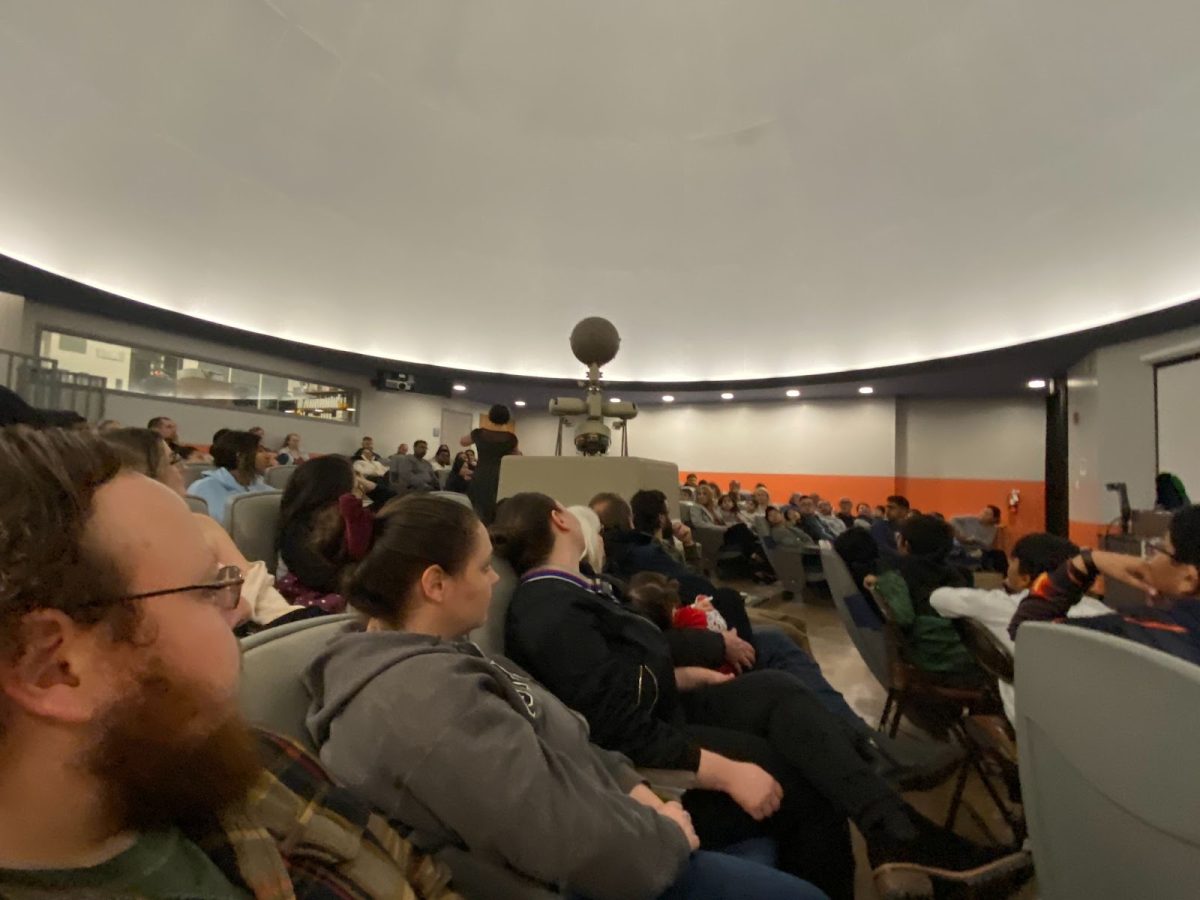
If there was a blueprint for pop superstardom, let us introduce you to the exception. “Gangnam Style”, a song that surpassed 400 million views on Youtube in less than 90 days, may not be the song you would expect to gallop across American television. For one, it’s not even in English.
The song’s infectious dance, which mimics riding a horse, has inspired a legion of viral parodies and dance covers, going so far as to making appearances in an NFL end zone and even getting 13 lifeguards from El Monte fired for having made a parody of the video and posting it online.
Topping the iTunes chart wasn’t enough for the song’s creator, South Korean rapper Psy. “Gangnam Style” currently sits at number two on the Billboard Hot 100 and has become the Guinness Book of World Records holder for the most-liked video of all time.
Part of a larger movement known as Hallyu or the Korean wave, K-pop music has long been a global phenomenon and has been making inroads into the U.S. in recent years.
And if this is the power of K-pop, consider that the man whom many would consider the father of the genre was one of CSUN’s very own.
Who’s K-pop’s daddy?
Lee Soo-Man was already a successful South Korean folk-musician and television personality before earning his masters in engineering from CSUN in 1985. He came to the school at a time when the South Korean government was known to censor the country’s media and many Koreans sought to escape the repressive regime.
After returning to Korea, Lee continued a career in entertainment but found his greatest success after establishing SM Entertainment in 1995.
“Lee had a huge hand in shaping K-pop as it is today,” said Susan Kang, founder of Soompi.com, an English language authority for Korean entertainment. “He made producing K-pop into a science, and is still one of the most influential figures in K-Pop and the Hallyu movement today.”
In 1996, Lee debuted his first group, a five-member boy band called H.O.T, at a time in which groups like the Backstreet Boys and N’Sync were popular in the U.S. The recipe proved to be a success for Lee, and a steady flow of similarly styled groups have followed.
International success for Lee didn’t arrive until 2002 with the Japanese debut of a solo artist named BoA. The recruitment and grooming of singers like BoA, who was 14 when she made her debut in the Korean music industry, became a staple for SM and formula for other agencies in the Korea to follow.
“It’s really hard to overestimate (Lee’s) influence on the K-Pop system, from recruiting kids from a young age for years of rigorous training, to making them all-around entertainers, skilled not only in song and dance, but foreign languages, emceeing, acting, etc., to reaching outside of Korea early on,” said Kang.
The results, according to Kang, are polished acts that have granted a larger foothold in the increasingly competitive global market. Last year, the contingent of SM artists performed at the Madison Square Garden to a sold-out crowd, just one date on its global tour that included tour stops in Shanghai, Tokyo and Paris.
Last February, Girl’s Generation, a nine-member act and current face of Lee’s agency, appeared on The Late Show with David Letterman. The notoriety of such forays into the American media and their successful global tours has only helped SM grow.
Chaebul.com, a website that follows South Korean conglomerates, reported last month that foreign shares in SM Entertainment have risen from 8.18 percent to 18.06 and the stock value of the company exceeded $200 million. However, the sudden popularity of Psy, who is a client of a competing talent agency, has challenged SM’s dominance. Nonetheless, Lee remains 64th on a list of South Korea’s wealthiest stockholders.
But the K-pop industry and SM Entertainment in particular has its drawbacks, said Kang. “They are notorious for their 13-year ‘slave contracts’, or ‘long term investments’, depending on which side you’re on, which Lee Soo-Man credits as one of the secrets to his artists’ success and longevity.”
Not just for Koreans
Current iterations of K-pop have a variety of musical influences based on Western harmonics, Euro-pop and hip-hop. Yet the method of communicating emotion from vocals is characteristically Asian, said Peter Marston, a professor of communication studies at CSUN.
“It’s multicultural music,” said Marston. “It brings in a lot of stuff that is tried and true artistically, but puts it together in a way that’s very appealing.”
Marston doesn’t think that anyone can really pinpoint why K-pop has suddenly gained traction in the U.S. but points to narrowcasting, or the transmission of K-pop to a narrow audience, as a reason why the attention won’t last.
“Really what you’re talking about is pop sub-culture, not really pop culture,” says Marston, “and that’s really important because it’s the sub cultural aspect that makes people want to associate with it because its cool and different from what other people do.
“I’ll tell you this though,” says Marston. “No one’s going to be listening to this in 15 to 20 years.”
When Kang started Soompi.com in 1998, she was looking to consolidate information about her favorite Korean musicians in English for her non-Korean speaking friends many of which she had met on the Internet. Soompi has since become the longest-running English language source for Korean entertainment, and has gone on to include Spanish and French sites.
“Never in my wildest dreams would I have imagined that I’d still be doing it 14 years later, or that K-Pop would have expanded to where it is now,” said Kang.
The recent accomplishments of “Gangnam Style”, however, have given Hye-Young Kwon, a professor of Asian American studies at CSUN, and other Asian Americans a reason for concern, feeling that part of the success for the hit song is a result of Asian stereotypes.
Kwon was exposed to K-pop around the time she emigrated to the U.S. She recalls how it was non-Koreans who were more into the music than her.
“Especially because I’m so aware of the Asian American stereotypes, especially gender stereotypes, I do fear sometimes that (K-pop acts) are seen as this commodity,” said Kwon. “I do have mixed feelings for sure.”
Recently another Korean rapper went on a racist tirade on Twitter after a performance in Korea, in which Caucasian members of the crowd heckled the rapper to do the now famous horse-riding dance. Tiger JK, a Korean American considered a pioneering force of hip-hop in Korea, publicly apologized for the incident, but stood by the comments in his tweets, which accused Hollywood of using Asians as “comic relief.”
But for CSUN students like Kendall Marie O’Connor, 21, K-pop fandom isn’t racist. It’s real.
O’Connor is one of a throng of American fans of the Korean wave all of which was made possible through the Internet. Video sites and social media have created a community for people like O’Connor whose interests have branched out to include Korean television dramas, movies and variety shows.
“I’ve always been interested in Asian culture,” said O’Connor. “It’s really funny to watch some of these variety shows because they’re so different then anything you’d find in the U.S.”
The psychology major, who grew up in Long Beach, has a few Korean friends but admits that they’re not nearly into K-pop as much as her.
O’Connor’s interest in K-pop has led to interest in Korean language and culture and has even led her to be attracted to Asian men. Her favorite is Kyu-Hyun, a member of Super Junior, SM Entertainment’s other flagship group.
“I like his voice the best and I think he’s the hottest,” said O’Connor.





